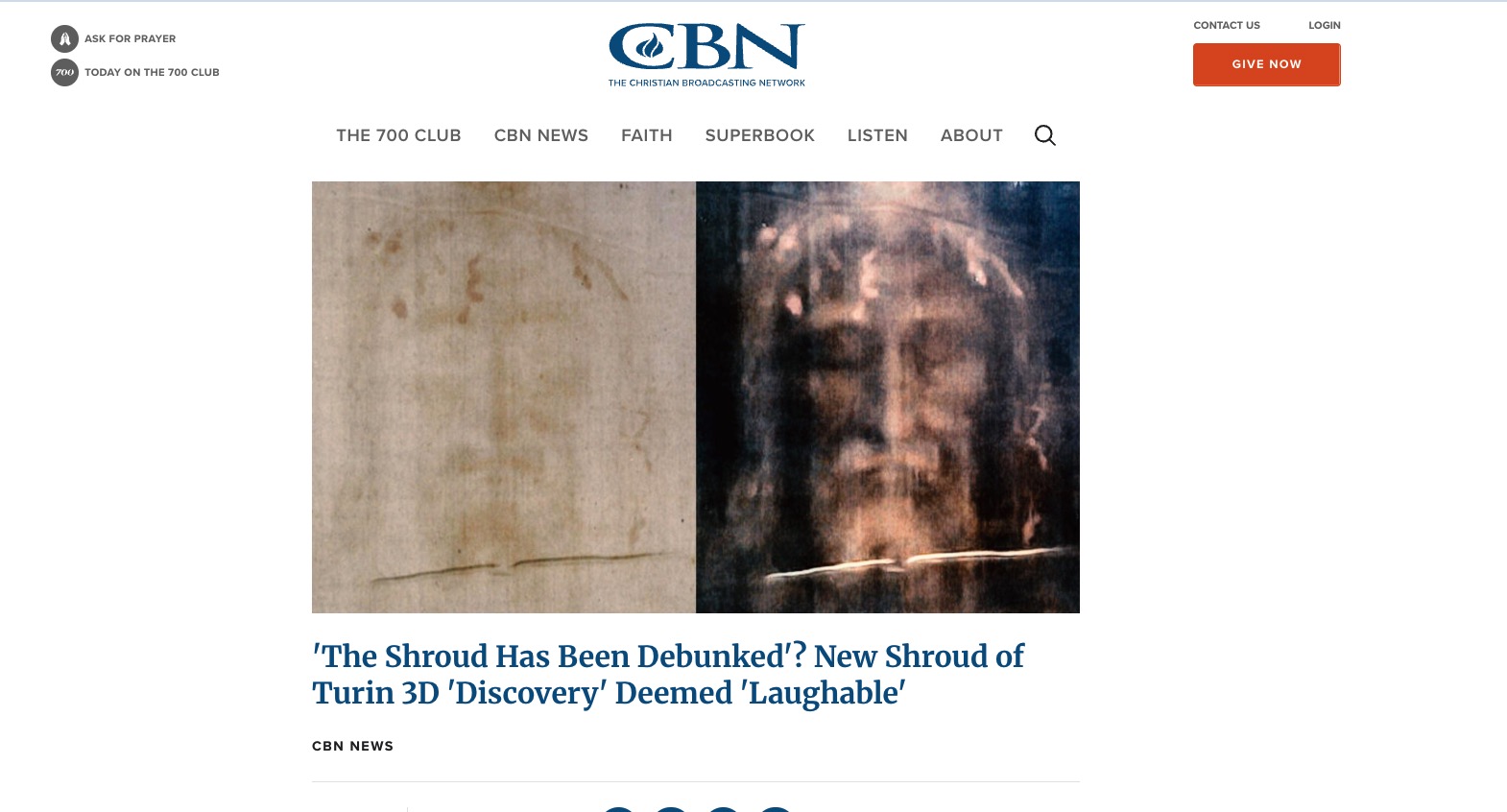(Worthy Insights) – Arguably the most intriguing and controversial religious relic in the world, the Shroud of Turin, is facing major scrutiny from new 3D findings published in the academic journal Archaeometry. CBN’s Raj Nair spoke with Shroud expert Dr. Jeremiah Johnston to break down the controversy.
RAJ NAIR: All right, my brother, let’s get right to the controversy. What is in this new finding?
DR. JEREMIAH JOHNSTON: Yeah, well, I just kind of laugh when it’s being so boisterously said that the shroud has been debunked. What we’re discussing is a Brazilian designer that used a free software that anyone could use, a free 3D software, to attempt to prove that the shroud could never have been wrapped on Jesus’ body. That was the big finding. And of course, that was what was published, rightly as you mentioned, in the Journal of Archeometry. However, media has just absolutely gone ablaze saying that, oh, the shroud, based on this finding, did not cover the body of Jesus. The shroud has been debunked. Anyone who has spent two minutes studying the shroud begins to laugh because this is not a scientific study. This isn’t even a new finding.
The STURP (Shroud of Turin Research Project) team in 1978, which consisted, Raj, as you know, of 33 of the world’s greatest scientists, most of which who were not believers, concluded that the shroud could not have been caused by contact with the body through a scorch or through a bas-relief. And so what Cicero Moraes, the Brazilian designer, is saying, he essentially took a low relief sculpture and he used all this in 3D modeling, okay? And he wrapped the shroud around it and he said, well, this would have caused the mask of Agamemnon effect. Jesus’ body would not have looked so sharp. It would have been so much more distorted. And that’s what his 3D model is pointing out, except he completely ignores the chemistry. He completely ignores all the forensic aspects of what we now know of the shroud. And so it really is laughable to think that this would call into question any of the scientific findings. [ Source (Read More…) ]

